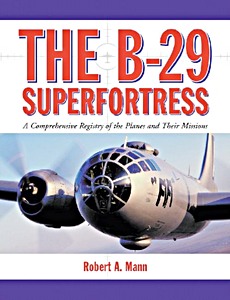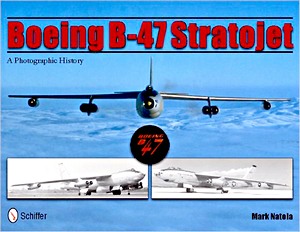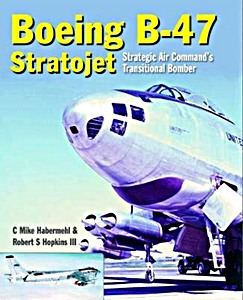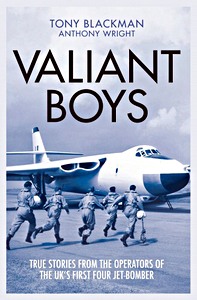B-29 Superfortress vs Ki-44 'Tojo' - Pacific 1944-45 (Osprey)
By the time the Americans began their aerial bombardment of Japan in 1944, both the JAAF and IJNAF were spent forces. What the Japanese did have though was the Ki-44 "Tojo". Armed with two 40 mm cannon, it was the most heavily armed and feared single-seat fighter to see action against the new American bomber, the B-29 Superfortress.
For the bomber crews, they had what they believed was their `ace in hole': a fully armed B-29 carried four remotely operated gun turrets and a tail gunner's position, making it the world's most advanced self-defending bomber.
In every respect the Ki-44 pilots were fighting a desperate battle. Many who made their mark did so using suicidal ramming attacks or "taiatari".
Illustrated with full colour artwork, this volume examines why the Ki-44 was unable to break up bomber formations conventionally during the Pacific War, and how its ramming tactics, while terrifying, graphically revealed Japan's inability to stop the B-29.
Product details
| Author: | Donald Nijboer |
|---|---|
| Details: | 80 pages, 9.8 x 7.3 x 0.31 in (25 x 18.5 x 0.8 cm), paperback |
| Illustrations: | 40 b&w and 7 color photos |
| Publisher: | Osprey Publishing (GB, 2017) |
| Series: | Duel (82) |
| ISBN: | 9781472818867 |
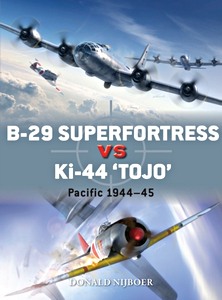
B-29 Superfortress vs Ki-44 'Tojo' - Pacific 1944-45
Language: English
Available on Amazon - safe payment and fast delivery
Buy on Amazon.comBuy on Amazon UK
Buy on Amazon CA

